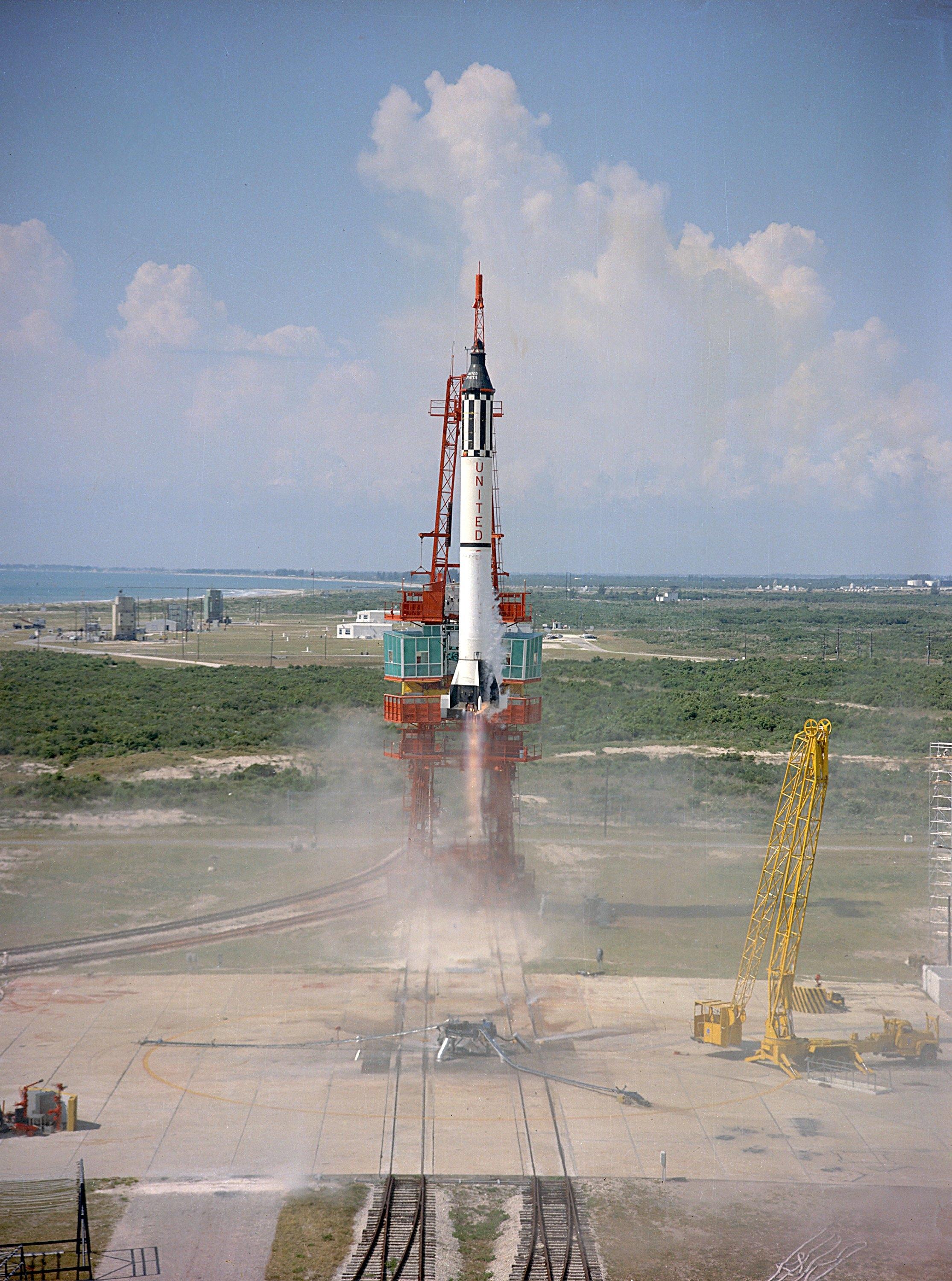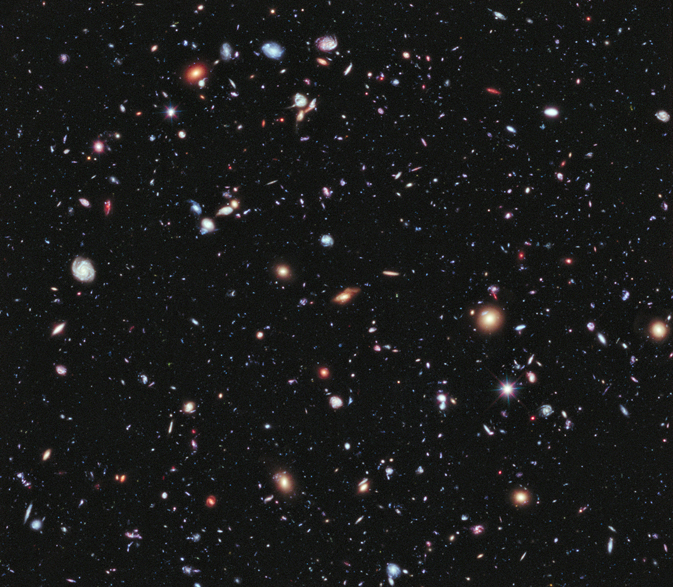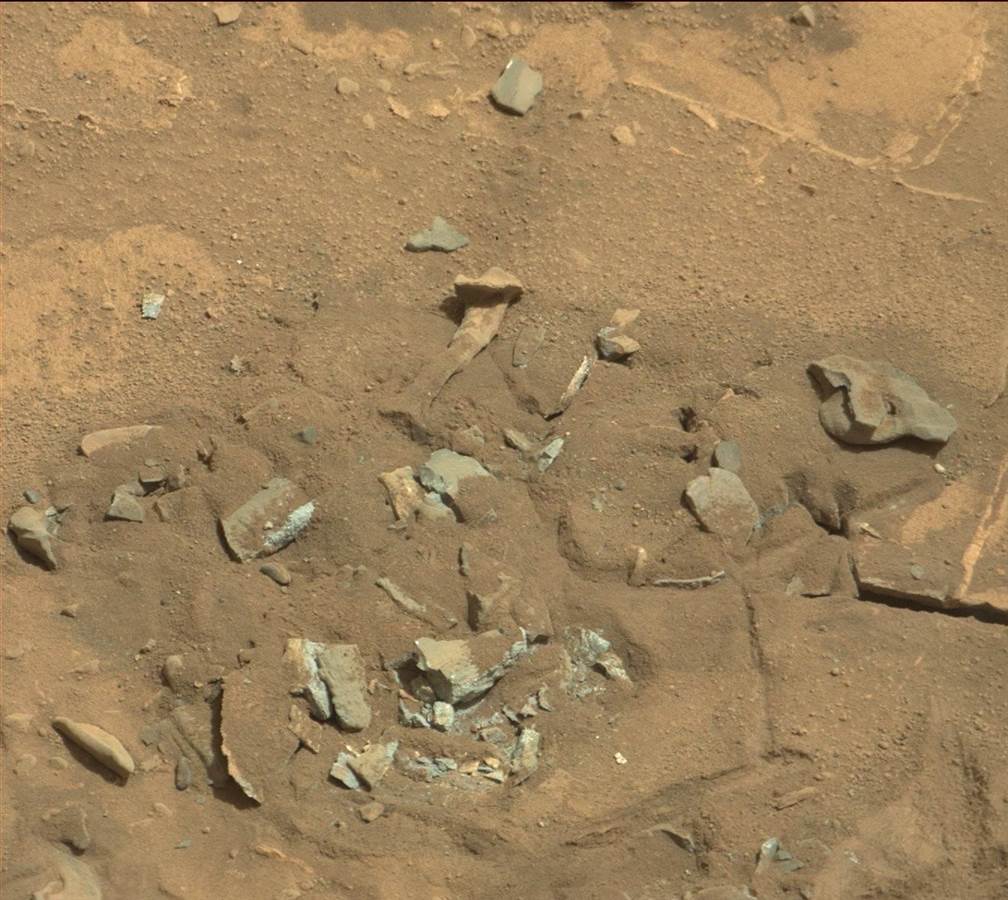
Figure 1 -Fred R. Archer’s 1915 portrait of Edward Weston. From the Wikimediacommons and in the public domain because of its age.
I have been reading Mary Street Alinder’s new book “Group f.64.” I think there shall be more on that book to come. But last night I read a quotation from Edward Weston’s Day Books where he compared himself with Alfred Steiglitz. I think that nearly a century later the conflict between the Group f.64 on the west coast and Steiglitz’ Photosecession on the east sees rather antiquated and beyond the point. We can safely love both point of view. But coming on the heels of my New Years photographic resolutions what Weston said could easily be a timeless resolution for all photographers in all years. So I thought that I really should share it with all of you.
“But it has come to me of late that comparing one man’s work to another’s, naming one greater or lesser, is a wring approach.
The important and only vital question is, how much greater, finer, am I than I was yesterday? Have I fulfilled my possibilities, made the most of my potentialities. What a marvelous world if all would, could hold this attitude toward life.”





